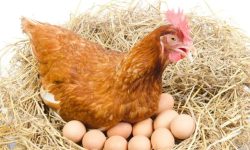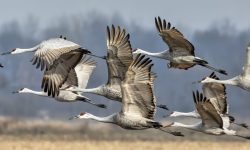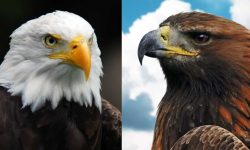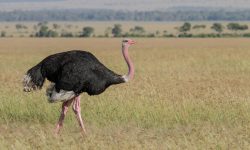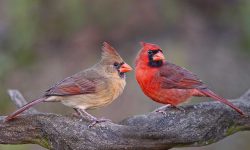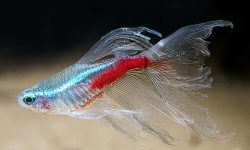Buffaloes are fascinating creatures that roam the grasslands, forests, and wetlands of various continents. These majestic mammals are known for their strength, social structure, and adaptability. But have you ever wondered what a group of buffaloes is called?
In this article, we will explore the collective nouns associated with buffaloes, their social behavior, and other interesting facts related to their grouping.
Common Collective Nouns for Buffaloes
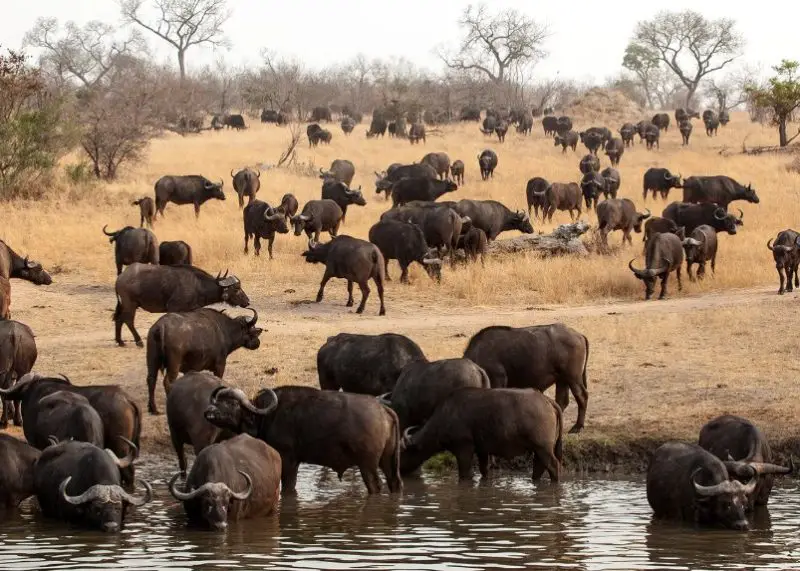
Herd of Buffaloes
The most commonly used term for a group of buffaloes is a “herd.” This term applies to many large mammals, including bison, deer, and elephants. A herd of buffaloes typically consists of females, calves, and a few dominant males, forming a structured and cooperative social unit. These herds provide safety in numbers, as buffaloes rely on each other to detect and respond to potential threats from predators like lions and hyenas.
Herds of buffaloes are often seen grazing together in open grasslands, woodlands, and savannas, moving collectively in search of food and water. Their strong social bonds help them survive in harsh environments, especially during migrations or seasonal droughts. In the wild, larger herds can number in the hundreds or even thousands, making them an awe-inspiring sight. This large-scale movement is crucial for maintaining ecological balance, as buffaloes help shape landscapes by grazing and dispersing seeds.
Beyond scientific and ecological contexts, the term “herd” is widely recognized in casual speech, literature, and wildlife documentaries. It effectively conveys the idea of unity, cooperation, and structure among buffaloes, making it the most universally accepted collective noun for these powerful animals.
Gang of Buffaloes
Another lesser-known collective noun for buffaloes is a “gang.” This term is typically used when referring to small groups of young male buffaloes that have separated from the main herd. These bachelor groups, or “gangs,” form when younger males are pushed out by dominant bulls. They band together for mutual protection and companionship as they roam the landscape in search of food and water.
A gang of buffaloes is often more unpredictable than a regular herd. Without the structure provided by females and calves, these groups can exhibit more aggressive and exploratory behaviors. Young bulls in these gangs engage in frequent sparring matches, testing their strength and preparing for future dominance battles. These interactions are vital for their development, as only the strongest and most capable males will eventually challenge dominant bulls to take control of a breeding herd.
The term “gang” is less commonly used than “herd,” but it highlights the independent and sometimes rowdy nature of these bachelor groups. It adds a sense of personality to buffalo behavior, illustrating how young males live in a competitive yet cooperative dynamic before establishing their own place in the larger hierarchy.
Obstinacy of Buffaloes
A more unusual and rarely used term for a group of buffaloes is an “obstinacy.” This collective noun reflects the perceived stubbornness, resilience, and unwavering nature of buffaloes when facing adversity. Whether dealing with harsh environmental conditions, predator attacks, or territorial disputes, buffaloes are known for their fierce determination and refusal to back down.
One of the most remarkable aspects of buffalo behavior is their tendency to stand their ground against predators. Unlike other prey animals that flee at the sight of danger, buffaloes—especially older bulls—are known to charge at lions, leopards, and even humans when threatened. This fearlessness is a defining trait of the species and has contributed to their survival in the wild for centuries. When cornered or provoked, a group of buffaloes can act with intense defiance, displaying their “obstinacy” by forming defensive circles, using their massive horns to fend off attackers, and fiercely protecting their young.
Though “obstinacy” is not a widely used term, it vividly captures the buffalo’s legendary toughness and refusal to submit. It serves as a poetic and fitting way to describe the sheer resilience of these animals, making it a fascinating alternative to the more commonly used collective nouns.
Social Structure and Behavior of Buffalo Groups
The Role of the Herd
Buffaloes are highly social animals that rely on their herds for survival. These groups provide protection, companionship, and opportunities for reproduction, ensuring the long-term success of the species. A typical herd includes multiple generations, consisting of adult females, their offspring, and a few dominant males. The structure of the herd is crucial in fending off predators such as lions, wolves, hyenas, and even crocodiles when crossing rivers.
Living in a herd offers buffaloes several advantages, the most important being safety in numbers. When faced with danger, buffaloes often adopt a defensive formation, with stronger individuals forming a protective circle around calves and weaker members. This strategy is particularly effective against coordinated predator attacks, as seen with African buffaloes repelling lion hunts. Additionally, herds help ensure better access to resources, as group members work together to locate food, water, and shelter.
Buffalo herds are not just about survival—they also foster social bonds. Calves rely on their mothers and other adult females for guidance, learning essential survival skills such as recognizing predators, finding grazing areas, and navigating migration routes. This sense of community is vital for their development and prepares them for independent life when they mature.
Leadership and Hierarchy
In most buffalo species, herd leadership follows a matriarchal system, where older and more experienced females guide the group. These matriarchs possess extensive knowledge about migration routes, seasonal food sources, and safe water supplies. Their decisions significantly influence the herd’s survival, as they lead movements based on environmental conditions and potential threats.
Males, especially in species like the African buffalo, tend to leave the herd upon reaching maturity—usually between 3 to 5 years of age. These young bulls then form bachelor groups, also known as “gangs,” where they continue growing and strengthening. Bachelor groups serve an essential role in male development, as young bulls learn social cues and engage in sparring to establish dominance.
Only the strongest and most dominant males earn the right to mate with females in the main herd. These dominant bulls challenge existing leaders through intense physical contests, which involve headbutting and horn-locking duels. Once a male gains dominance, he temporarily rejoins the breeding herd, mates with receptive females, and helps protect the group. However, his reign is often short-lived, as younger, stronger males continuously challenge his position.
Communication and Interaction
Buffaloes rely on a diverse range of communication methods to maintain order within the herd. These include vocalizations, body language, and scent marking, each serving a specific purpose in daily interactions and survival strategies.
- Vocalizations: Buffaloes emit a variety of sounds to convey messages. Deep grunts and bellows help coordinate movement within the herd, while snorts and loud warning calls signal the presence of predators. Mothers use soft low-pitched sounds to communicate with their calves, reassuring them in crowded environments.
- Body Language: Tail movements, ear positioning, and head gestures play a crucial role in expressing emotions and intentions. A raised tail often indicates alertness or agitation, while pinned-back ears may signal aggression or discomfort. Lowered heads and direct eye contact are common warning signs before a charge.
- Scent Marking: Buffaloes also use pheromones and scent cues to establish dominance and mark territory. Males, in particular, engage in scent marking during the mating season to assert control over certain areas and signal their presence to rival bulls.
Social interactions within a buffalo herd go beyond just survival instincts—they reflect a complex and highly cooperative society. Whether through vocal signals, protective formations, or structured leadership, buffaloes demonstrate remarkable intelligence and adaptability, ensuring their groups remain strong and cohesive in the face of challenges.
Different Species and Their Grouping Patterns
African Buffalo (Syncerus caffer)
The African buffalo is known for its strong herd mentality. These herds can range from small groups of 10-20 individuals to massive gatherings of over 1,000 buffaloes. The larger the herd, the better their chances of fending off predators. They also practice cooperative defense, forming protective circles around weaker members when attacked.
American Bison (Bison bison)
Though commonly called “buffaloes,” American bison have different social structures. Bison herds are usually divided into female-led groups with calves and bachelor groups of young males. During the mating season, males rejoin female herds to compete for mates.
Water Buffalo (Bubalus bubalis)
Water buffaloes, often domesticated, form smaller herds compared to their wild counterparts. These groups include family units led by a dominant female. In the wild, they gather in swamps and marshes to graze and stay cool, often forming loose associations with other herds.
Importance of Group Behavior in Buffalo Survival
Protection from Predators
Herding behavior helps buffaloes deter predators. By staying in groups, they reduce individual risk and can use collective strength to fend off attacks. African buffaloes, in particular, are known to retaliate against lions, often working together to rescue captured herd members.
Migration and Resource Utilization
Buffalo herds migrate in search of food and water, especially in regions with seasonal changes. Their movement patterns play a crucial role in shaping ecosystems by influencing plant growth and soil composition.
Social Bonds and Reproduction
Herds also facilitate mating opportunities. Dominant males engage in fierce battles for the right to mate, ensuring that only the strongest genes are passed on to the next generation.
Cultural and Symbolic Significance of Buffalo Groups
Indigenous Beliefs and Traditions
Many indigenous cultures revere buffaloes as symbols of strength, unity, and abundance. Native American tribes, for example, have deep spiritual connections with bison, viewing them as sacred animals that provide food, clothing, and tools.
Buffaloes in Folklore and Literature
Buffaloes and their herds are often featured in folklore, myths, and literature, symbolizing resilience and determination. Their grouping behavior is sometimes used as a metaphor for teamwork and perseverance.
Conclusion
A group of buffaloes is most commonly called a “herd,” but other terms like “gang” and “obstinacy” add variety to the language used to describe them. Their social structures, survival strategies, and cultural significance make buffaloes one of the most intriguing animals in the wild. Understanding their collective behavior not only enriches our knowledge of nature but also highlights the importance of conservation efforts to protect these majestic creatures.

